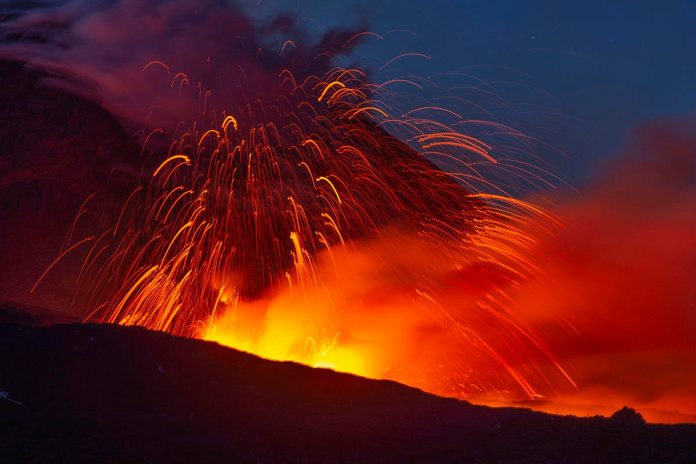The Etna volcano in southern Italy has again spewed ash and lava, media reported on Thursday.
Volcanic activity in the southeastern crater of the 3,357-metre (11,014-foot) Etna volcano continued from Wednesday evening to Thursday night, local media sources said.
Italy’s National Institute of Geophysics and Volcanology (INGV) confirmed the activity.
Due to the ash clouds, the INGV issued a code red warning for aircraft flying through the region, according to local media reports.
Etna, a UNESCO World Heritage Site, is 3,357 metres high. The volcano has between 200 and 400 lateral volcanic craters. Lava erupts from them every few months.
Etna is an active stratovolcano at the junction of the African and Eurasian lithospheric plates near the cities of Messina and Catania. It is the highest volcano in Europe, rising to about 3.3 kilometres above sea level. Eruptions, almost always of an explosive nature, occur frequently, sometimes three or four times a year.
The worst eruption of Etna occurred on March 11, 1969 and lasted, according to various sources, until July or November of the same year. Ejections of lava were accompanied by frequent earthquakes. The cone of Monti Rossi (Red Mountain) formed from the hot lava near the town of Nicolosi has been preserved to this day.
